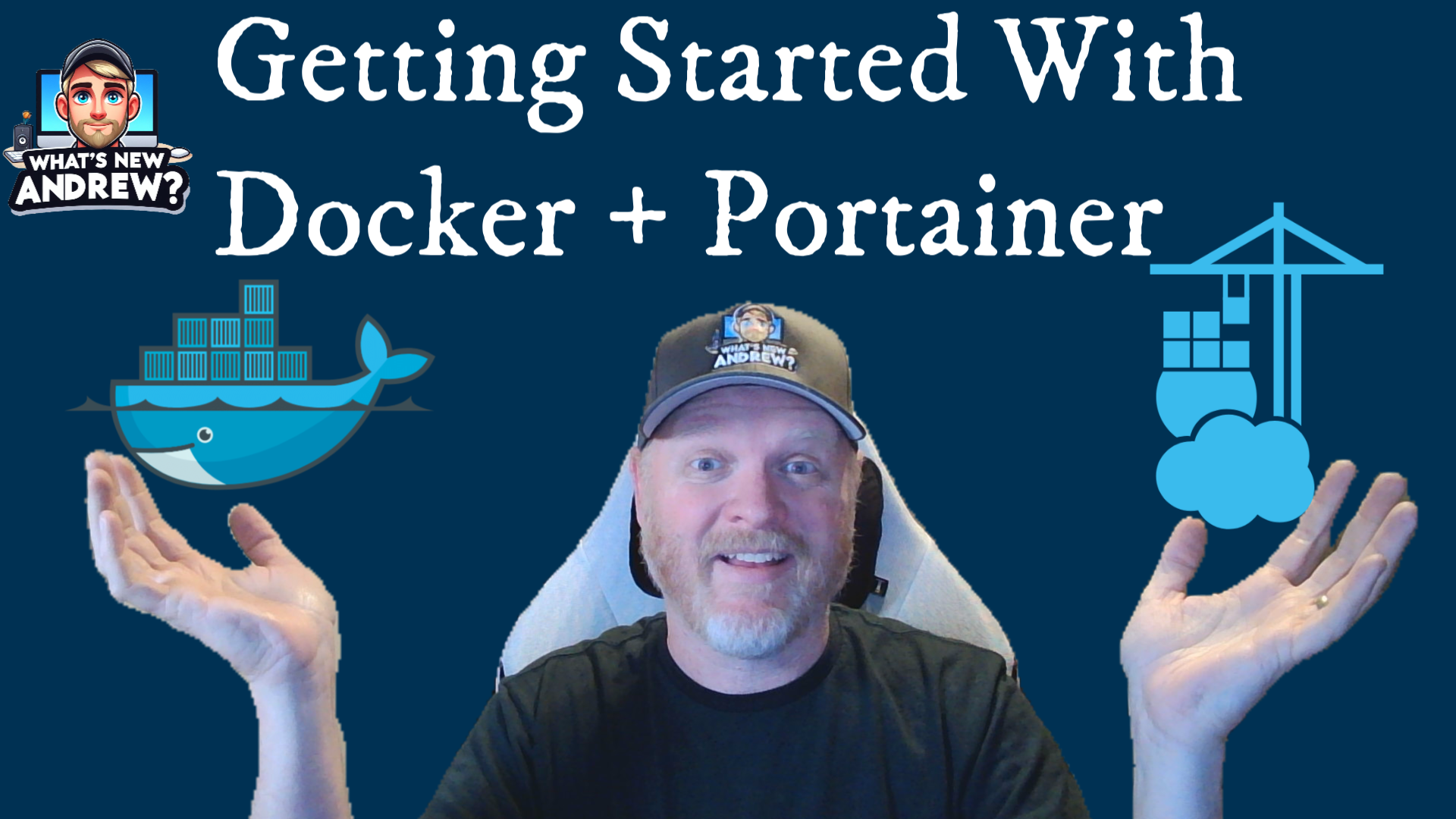What’s New Andrew?
-

Create Your Own VPN in Minutes: A Simple Step-by-Step Guide!
—
by
In this step-by-step guide, you’ll learn how to build your own WireGuard VPN from scratch. The tutorial begins with setting up a virtual private server (VPS) on Linode, followed by spinning up a Docker container for WireGuard Easy and configuring it with the web UI. The guide concludes with testing the VPN connection on a…
-

Securing Your Self-HostedApplications with Cloudflare Tunnels and Zero Trust
—
by
If you’re looking to make your self-hosted services accessible without the complexity of traditional methods like port forwarding or VPNs, you’re in the right place. In this tutorial I will dive into authentication with Cloudflare Zero Trust by demonstrating how to effortlessly expose your self-hosted services to the world while ensuring top-tier security. Whether you’re…
-

Getting Started With Docker and Portainer
—
by
Welcome to our guide on creating a robust development environment on your Linux virtual machine! In this post you will learn how to set up a powerful environment on your Linux virtual machine by installing Docker, Docker Compose, and Portainer. Docker simplifies the process of containerization, enabling you to package and deploy applications with ease.…
-

Getting Started With Proxmox VE
—
by
Ready to supercharge your home lab? Dive into the world of virtualization with Proxmox VE! In this tutorial, we’ll guide you through installing Proxmox VE and crafting your very first Linux Virtual Machine. Whether you’re a seasoned pro or a newbie, Proxmox VE offers a straightforward setup process, making it a great option among hypervisors.…
-

Getting Started With Cloudflare Tunnels
—
by
Are you eager to harness the power of self-hosting but find yourself confused or blocked by firewall restrictions or ISP limitations on port usage? Perhaps you’re hesitant to expose your infrastructure by opening ports 80 and 443 for web servers. Fret not, for there’s a solution at hand. Cloudflare Tunnels act as a conduit between…
